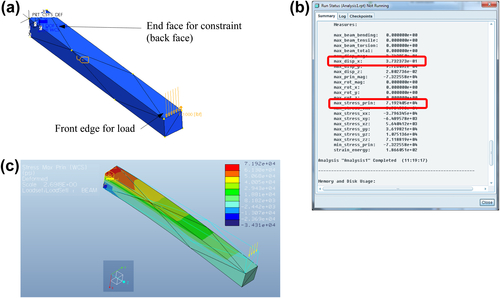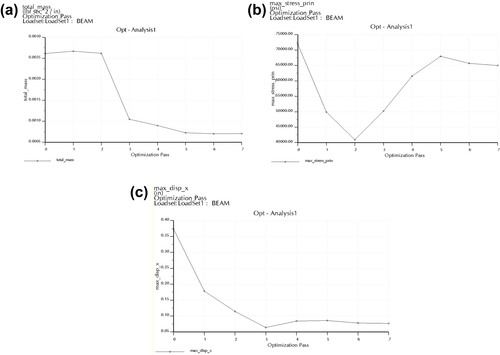3.12. Summary
In this chapter, we discussed a broad range of topics in design optimization. We started with a simple beer can design problem, then moved into basic optimization concepts—specifically, the optimality conditions. We introduced three major solution approaches: optimality criteria, the graphical method, and the search method, for both constrained and unconstrained problems of linear and nonlinear functions. We pointed out that the search methods using numerical algorithms, including gradient-based and non-gradient-based approaches, are most general. We also mentioned that the gradient-based approach requires far fewer function evaluations; therefore, it is better suited to large-scale problems. We discussed several classical and widely accepted algorithms of the gradient-based search methods for both constrained and unconstrained problems. We also provided simple examples for explaining the concept and illustrating details of these algorithms. We included two representative algorithms for the non-gradient-based approach: genetic algorithm and simulated annealing. With a basic understanding of the concept and solution techniques of design optimization, we also discussed practical aspects in solving practical design problems using commercial CAD and CAE codes. We reviewed commercial CAD, CAE, and optimization tools, which offer plausible capabilities for solving general design optimization problems. We also presented three case studies that examined more in-depth in the kind of practical problems that the optimization techniques are able to support and how they are solved using commercial tools and in-house software modules.

We hope this chapter provided readers with adequate depth and breadth on this important and widely employed topic in engineering design. As we pointed out numerous times, the gradient-based solution techniques are most suitable to solving general engineering problems, especially those requiring substantial computation time. The key ingredient of the gradient-based techniques is the gradient calculation, also called design sensitivity analysis.
With a basic understanding of the subject of design optimization, we narrow our focus into structural design in Chapter 4, in which we discuss structural design problems, including sizing, material, shape, and topology. We introduce design sensitivity analysis methods and integration of sensitivity analysis with FEA and optimization algorithms for solving structural optimization problems. Looking ahead to Chapter 5, we discuss MOO encountered in practices, especially when we solve design problems that involve multiple engineering disciplines. Important topics to be discussed in Chapters 4 and 5 should help us become more capable and competent in solving engineering design problems.
..................Content has been hidden....................
You can't read the all page of ebook, please click here login for view all page.

